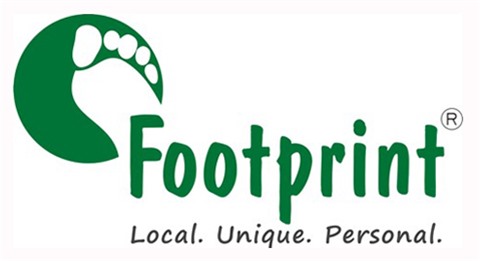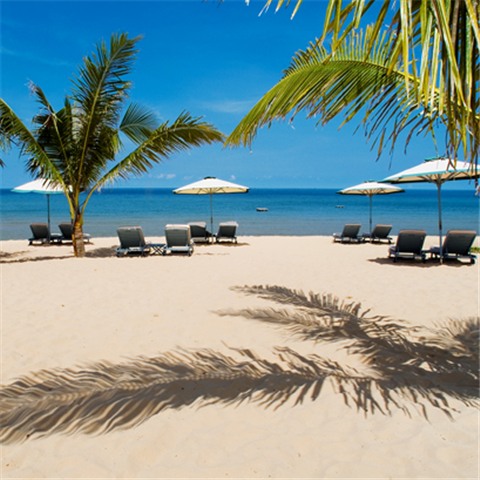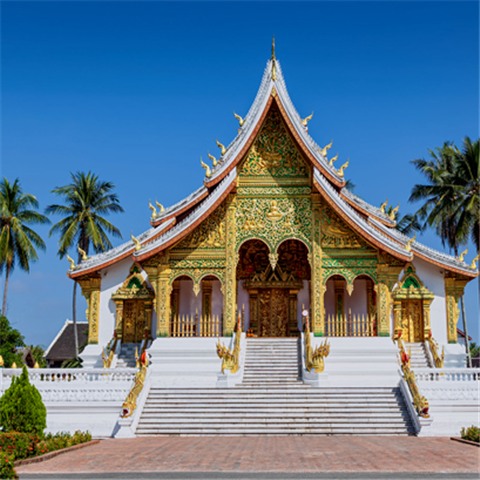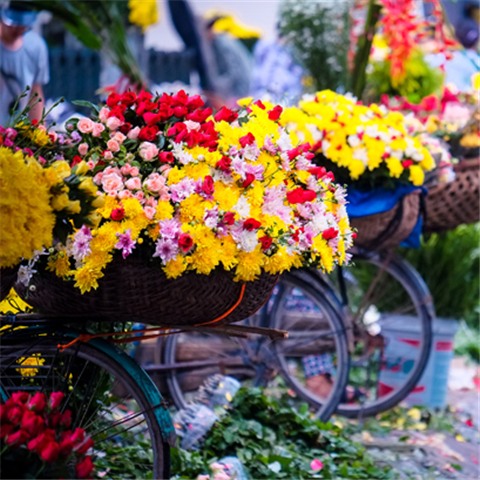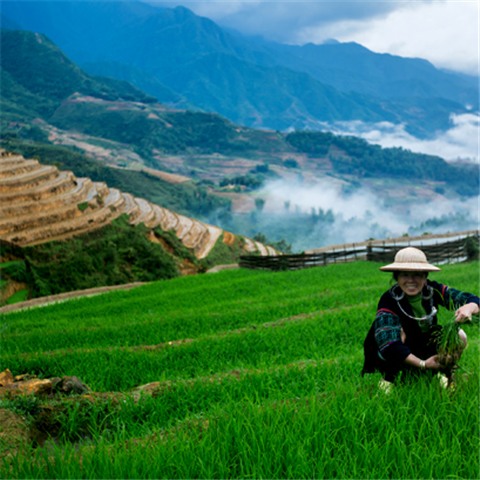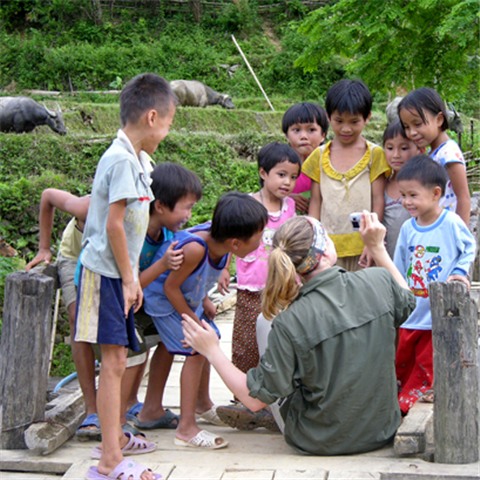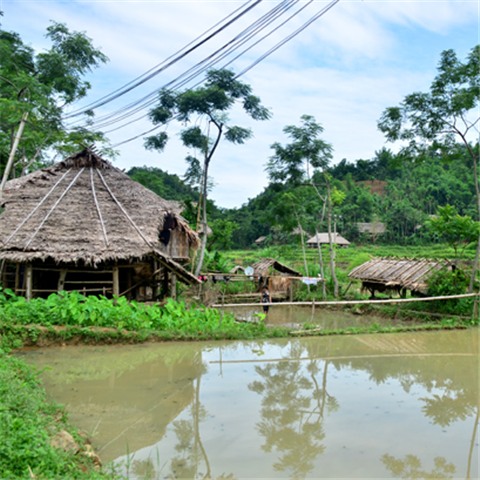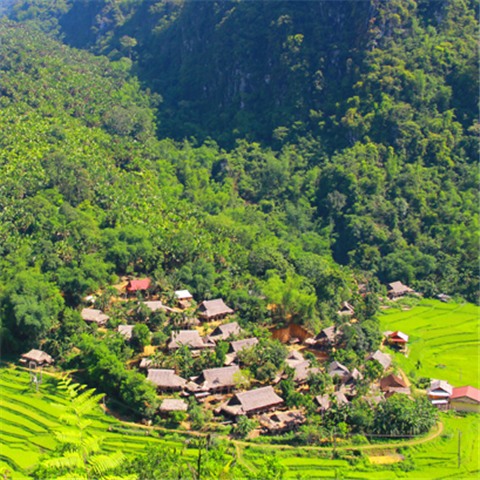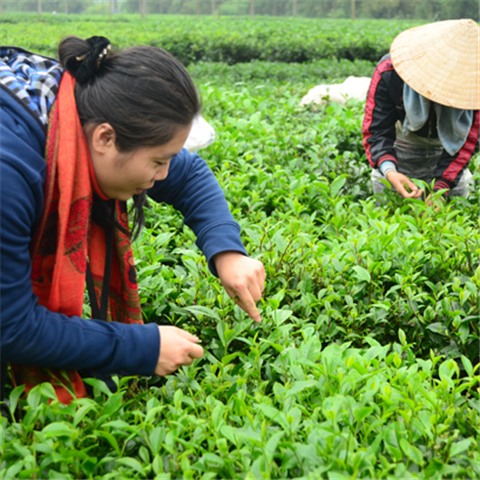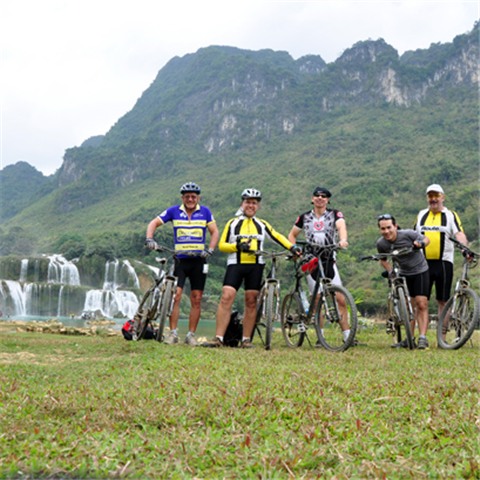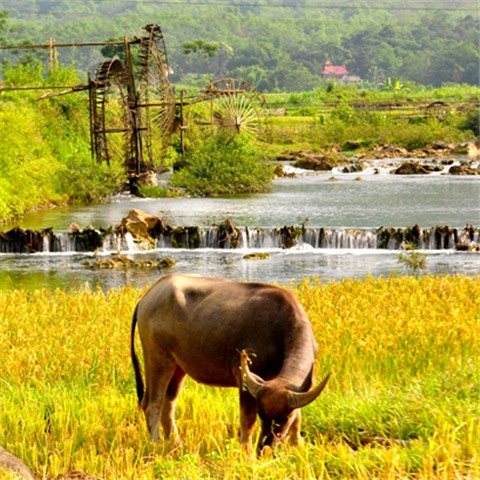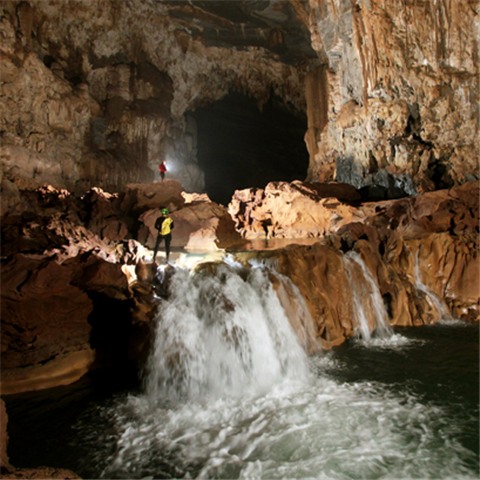Safety
1. Footprint Contacts in case of Emergency?
There are always at least two persons you can call in case of emergency. One is your Footprint Travel consultant you will be working with, and the other is the tour operator who has been in co-operation with this travel consultant for the booking and service logistics.
Those names and numbers will be provided to you at the time of your booking. Find these contacts at the bottom of the confirmed program.
Tip: Share these numbers with your loved ones at home, so that they have a way to contact you in case of emergency.
2. How will the outside world be able to make contact with us?
If you are in remote areas that will be quite difficult. The best way would be to give family members the contact at Footprint. If the situation arises that someone needs to get a hold of you, Footprint will get a hold of a nearby local and have them reach your group by foot. This may sound a little far-fetched, but we have worked in the areas we visit for a long time, and will get you in contact with your loved ones if needed!
3. What vaccinations and malarial prophylaxis do you recommend?
Before leaving for Vietnam, all clients should make sure they have received the appropriate vaccinations especially against Typhoid, Malaria and Hepatitis A. Please ask your doctor for their recommendations as their advice will be better than ours.
What are the principle risks to the clients during an expedition?
Here is severity and potential of risks matrix to help you:
|
sk |
Severity (1-5) |
Potential (1-5) |
|
Road Traffic Accident |
3.5 |
4 |
|
Local Flora and Fauna |
4 |
1 |
|
Leeches |
2 |
1 |
|
Disease / Epedemic |
4 |
1 |
|
Malaria |
3 |
1 |
|
Drowning |
5 |
1.5 |
|
Heat Related Problems |
2.5 |
3 |
|
Altitude Sickness |
1 |
1 |
|
Climate / Weather conditions |
1 |
3 |
|
Polluted Water |
2 |
2 |
|
Contaminated Food |
2 |
3.5 |
|
Equipment Faiure |
4 |
1 |
The above list is taking into account many possible situations. And is only to help give you an idea of the possible risks in Vietnam and not during your tour. Footprint takes evey precaution to make sure you will have a safe trip. Please do the same. If you are going to be going on a major expedition or adventure please be well prepared, mentally and physically.
4. What measures are in place to minimize these risks?
All of our guides are well trained and have been briefed in what to do in an emergency. When necessary, we will be taking extra resources (porter, emergency provisions, extra equipment). Further, all of our clients will be briefed before the trip of any dangers. When a situation occurs where there is danger, all clients will be warned, and the safest option will be used.
5. What arrangements (including communications) are in place for an evacuation of a client in the event of an emergency?
Depending on the situation, emergency, injury and environment, we will have the best solution for an evacuation. If we are in a remote area, the local people (porters, local guides, villagers) will help us effectively take the client to a meeting point or the nearest clinic.
We will almost always have the ability to communicate by phone. If there is no reception, it is not far away, and a motorcycle will always be nearby to get us to reception in an emergency.
6. What emergency assistance (e.g. air rescue) is available, how are they contacted, and what are the estimated response time?
In cities, town and tourist destinations, there are hospitals / clinics and ambulance services relatively close by, and very easy to contact. Throughout Vietnam the number to call is 115.
In remote and mountainous areas, an emaergency may become more difficult to deal with due to poor communication and bad roads. In many of the National Parks where the majority of our adventures take place, there has been first aid and evacuation training. Aid in these areas is, at the most, a half-day by foot away. Worst-case scenario, the group would have to walk the patient out ourselves. There are many resources to do this effectively, such as a number of local villages that are never far away from where we travel.
In Vietnam, air service is very hard to come by for military and resource reasons. Because the areas we adventure to are so close to tourist centers and main roads, it would not warrant air evacuation.
7. How long will take to evacuate an incapacitated client?
In the major cities, in rush hour, a patient would be in a clinic in under an hour. All evacuations depend on the situation and it is very hard to determine the length of time to get a patient or patients out. In the wilderness, depending on the difficulty and resources, it could take up to one day to have a patient evacuated to a place where transport could be waiting.
The major tekking centers in Vietnam are Mai Chau and Sapa. The hospitals emergency contacts and addresses are as follows. These hospitals are equipped to handle emergencies.
In Sapa: Sapa Medical Clinic, Cau May Street, Sapa Town (Xom 3 Thi Tran Sapa). Phone: 020-871237
In Mai Chau: Mai Chau Town Hospital. Phone: 018-867244
8. How will we be able to make contact with the outside world?
There is moderately good cell phone coverage on all our treks, and especially in Sapa. In case of emergency, there is usually a fixed phone in the Peoples’ Committee Office in the nearest village. If you are still concerned, it is recommended that you rent a satellite phone in your country before coming to Vietnam. Please make sure that you know how to use it and that you show your guide how to use it as well.
ready for an adventure with us
Here are the nominees
